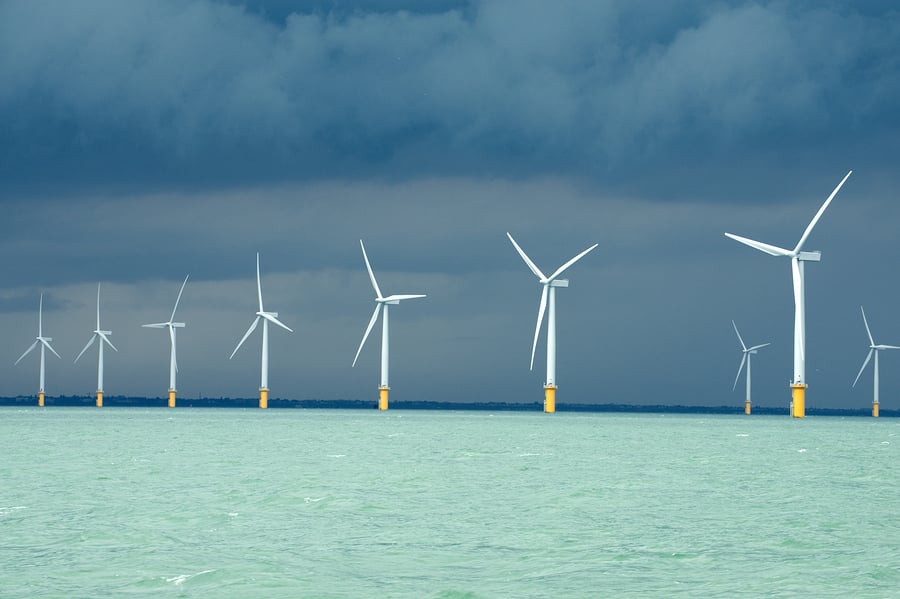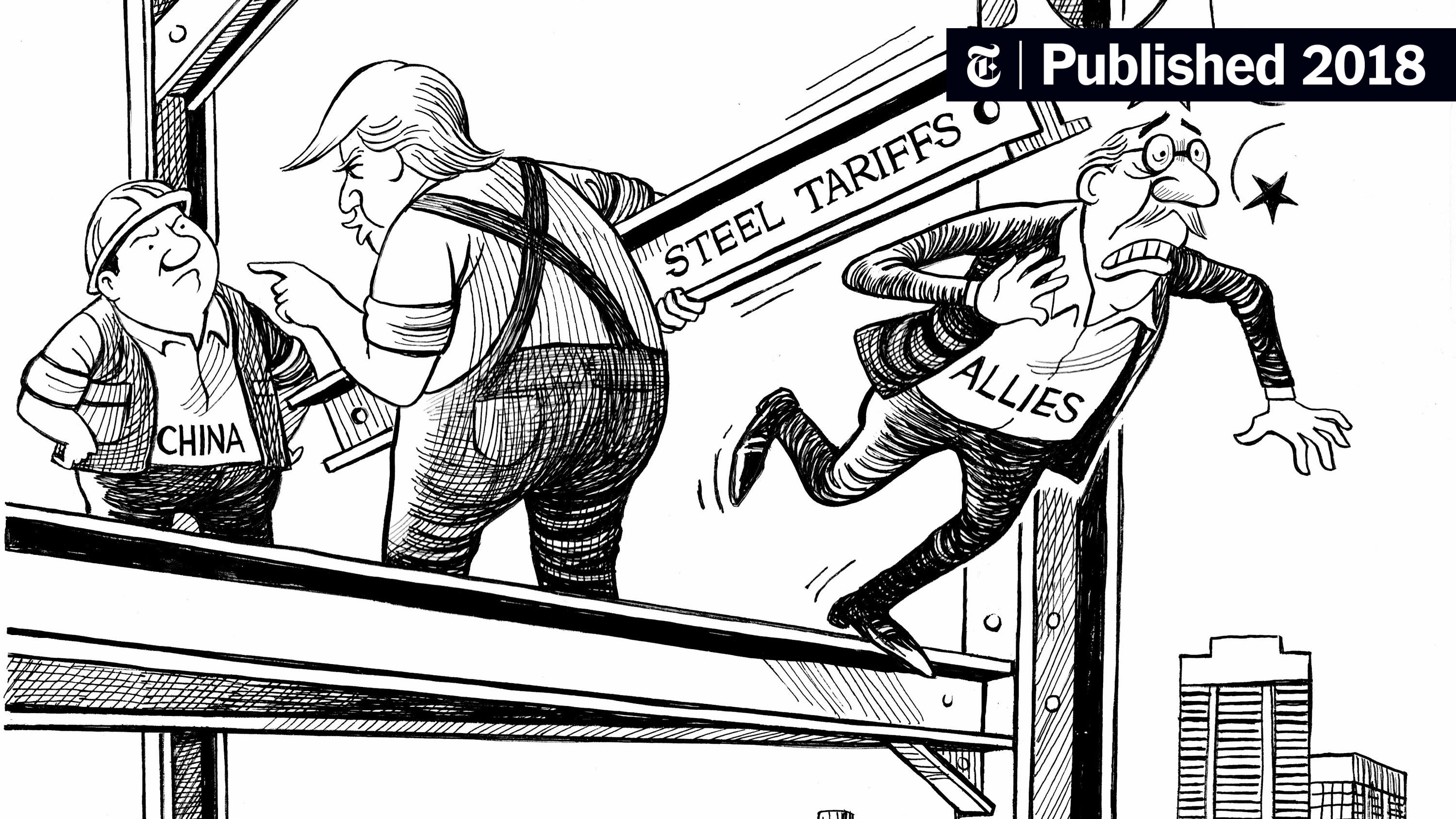Expensive Offshore Wind: A Risk Assessment For Energy Investors

Table of Contents
High Initial Capital Expenditure (CAPEX) in Offshore Wind Projects
One of the most significant hurdles to offshore wind project viability is the exceptionally high initial capital expenditure (CAPEX). This stems from several key factors:
- High costs of wind turbines and foundations: Offshore turbines are significantly larger and more robust than their onshore counterparts, requiring specialized materials and manufacturing processes. Foundations must withstand extreme weather conditions and deep-water environments, adding substantially to the cost.
- Expensive marine construction and installation vessels: Specialized vessels, including heavy-lift cranes and jack-up barges, are essential for transporting and installing offshore wind turbines. These vessels are expensive to charter and operate, impacting project budgets significantly.
- Significant grid connection costs: Connecting offshore wind farms to the onshore electricity grid often requires extensive subsea cable infrastructure and onshore substation upgrades, adding a substantial layer of cost to the overall project.
- Prolonged permitting and regulatory hurdles: The permitting process for offshore wind projects is often lengthy and complex, involving numerous stakeholders and regulatory bodies. Delays can lead to increased costs and project schedule overruns.
These high CAPEX costs directly impact Return on Investment (ROI) and project feasibility. Mitigating CAPEX risks requires careful planning and consideration of innovative financing options, such as green bonds or project finance, as well as exploring technological advancements that can reduce turbine and foundation costs.
Operational and Maintenance (O&M) Costs in Offshore Wind Farms
Beyond the initial investment, ongoing operational and maintenance (O&M) costs represent a substantial portion of the total lifecycle cost of offshore wind farms. The remote location and harsh marine environment present unique challenges:
- Higher transportation and labor costs for offshore maintenance: Accessing offshore turbines requires specialized vessels and highly skilled technicians, resulting in significantly higher transportation and labor costs compared to onshore wind farms.
- Increased risk of damage due to extreme weather conditions: Offshore wind turbines are exposed to harsh weather, increasing the risk of damage and requiring more frequent maintenance.
- Need for specialized vessels and equipment for maintenance: Specialized maintenance vessels and equipment, such as remotely operated vehicles (ROVs) and advanced diagnostic tools, are crucial for efficient and safe offshore maintenance.
- Potential for longer downtime due to adverse weather: Adverse weather conditions can significantly delay maintenance activities, leading to lost generation and increased costs.
The long-term financial implications of these O&M costs are substantial. Strategies to mitigate these costs include embracing predictive maintenance technologies, utilizing automation for routine tasks, and optimizing maintenance schedules based on real-time data analysis.
Technological Risks and Uncertainties in Offshore Wind Technology
Offshore wind technology is constantly evolving, creating inherent risks associated with technological advancements:
- Technological failures and unforeseen maintenance needs: New technologies often encounter unforeseen issues, potentially leading to costly repairs and downtime.
- Uncertainties related to turbine lifespan and performance: The long-term performance and lifespan of offshore wind turbines are still being assessed, creating uncertainty about their long-term economic viability.
- Integration challenges with existing grid infrastructure: Integrating large offshore wind farms into existing electricity grids can present significant technical challenges, potentially leading to delays and cost overruns.
- Potential for unexpected delays due to technological issues: Technological setbacks during the construction or operational phase can cause significant delays, impacting project timelines and budgets.
Strategies for managing technological risks include diversifying technology providers, conducting thorough due diligence, developing robust risk mitigation plans, and investing in research and development.
Regulatory and Policy Risks Affecting Offshore Wind Investment
Government policies, regulations, and subsidies play a crucial role in shaping the offshore wind market. Changes in these areas represent significant risks:
- Changes in renewable energy subsidies and tax incentives: Government support for renewable energy can be subject to change, impacting the financial attractiveness of offshore wind projects.
- Permitting delays and regulatory uncertainties: Lengthy permitting processes and regulatory uncertainties can lead to project delays and cost overruns.
- Political and policy risks related to energy transitions: Changes in government priorities or political instability can impact the regulatory landscape for renewable energy.
- Potential for changes in environmental regulations: New or stricter environmental regulations can add to project costs and complexity.
Mitigating these risks requires thorough regulatory research, proactive engagement with policymakers, and incorporating flexibility into project design to accommodate potential changes in regulations.
Environmental and Social Risks Associated with Offshore Wind Farms
Offshore wind farms can have environmental and social impacts that must be carefully considered:
- Impact on marine life (fish, marine mammals, birds): Construction and operation of offshore wind farms can potentially affect marine life through noise pollution, habitat disruption, and bird and bat collisions.
- Potential visual impacts on coastal landscapes: The visual impact of large offshore wind farms on coastal landscapes is a concern for some communities.
- Community acceptance and stakeholder engagement: Successful projects require strong community acceptance and effective stakeholder engagement throughout the project lifecycle.
- Environmental permitting and impact assessments: Thorough environmental impact assessments are crucial for obtaining the necessary permits and mitigating environmental risks.
Managing environmental and social risks is essential for improving project viability and attracting investors. This involves comprehensive environmental impact assessments, robust mitigation strategies, and proactive community engagement.
Conclusion: Making Informed Decisions About Expensive Offshore Wind
Investing in offshore wind presents a significant opportunity to contribute to a cleaner energy future, but it’s crucial to acknowledge the considerable risks involved. The high initial capital expenditure (CAPEX), substantial operational and maintenance (O&M) costs, technological uncertainties, regulatory risks, and environmental and social considerations must be thoroughly assessed. Before committing to expensive offshore wind projects, investors need to conduct rigorous due diligence, seek expert advice, and implement comprehensive risk management strategies. Further research into mitigating the risks associated with expensive offshore wind is essential to ensure both profitable and environmentally sustainable ventures. Don't underestimate the complexities of expensive offshore wind; thorough planning is key to success.

Featured Posts
-
 Whats App Leak Triggers Crisis Within Reform Party Targeting Farage
May 04, 2025
Whats App Leak Triggers Crisis Within Reform Party Targeting Farage
May 04, 2025 -
 Ufc Des Moines Predictions And Fight Analysis
May 04, 2025
Ufc Des Moines Predictions And Fight Analysis
May 04, 2025 -
 The Count Of Monte Cristo A Review Of Alexandre Dumas Classic Tale
May 04, 2025
The Count Of Monte Cristo A Review Of Alexandre Dumas Classic Tale
May 04, 2025 -
 Britains Got Talent 2024 Semi Final Chaos And Controversy
May 04, 2025
Britains Got Talent 2024 Semi Final Chaos And Controversy
May 04, 2025 -
 Norways Nicolai Tangen And The Impact Of Trumps Tariffs
May 04, 2025
Norways Nicolai Tangen And The Impact Of Trumps Tariffs
May 04, 2025
